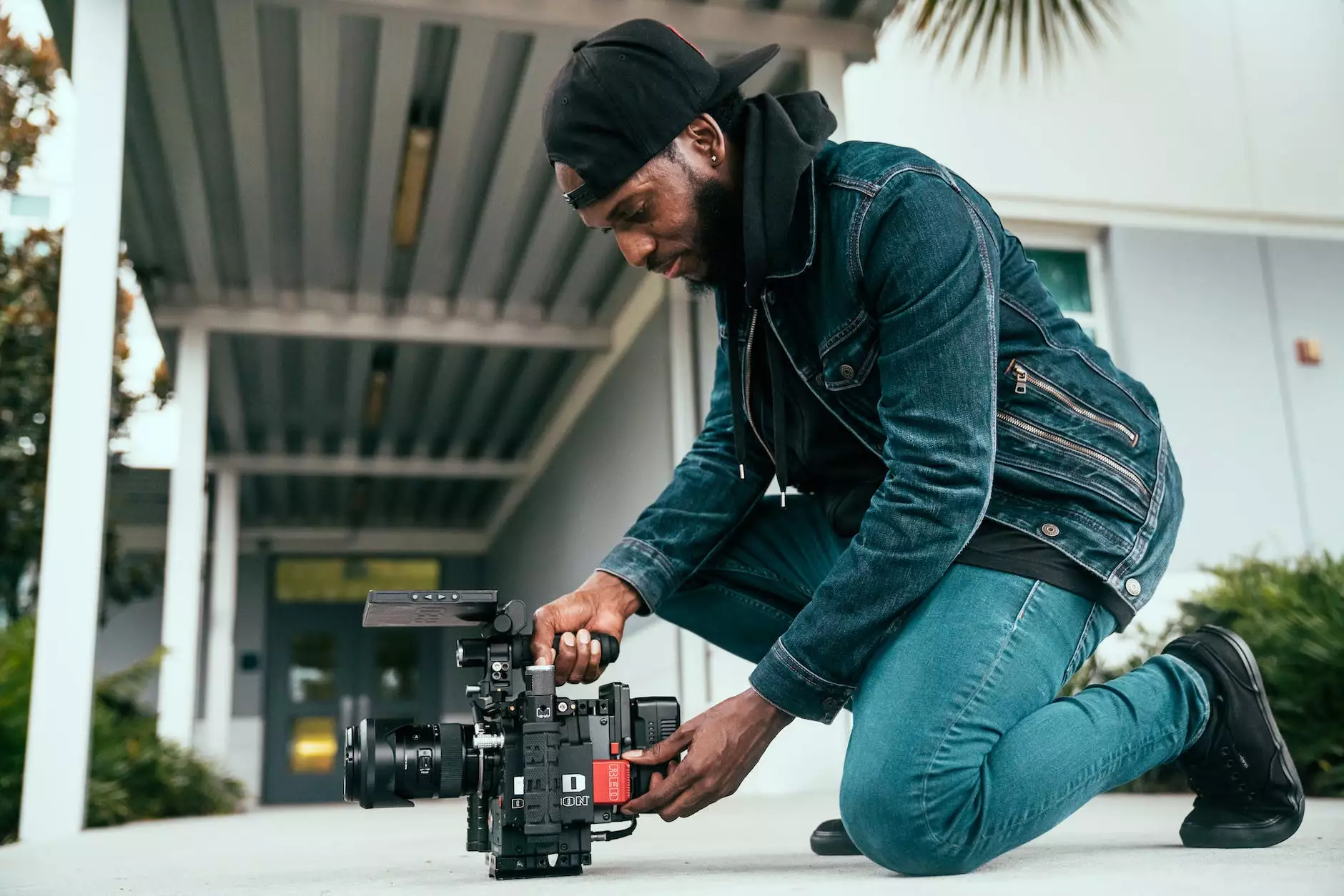What is Behavioral Targeting?
Blog
Behavioral targeting is a powerful tool in the arts and entertainment industry that allows you to tailor your marketing efforts to individual users based on their online behaviors, interests, and preferences. By collecting and analyzing data about how users interact with your website, content, and advertisements, you can gain valuable insights that enable you to deliver personalized experiences and highly targeted campaigns.
Understanding the Importance of Audience Engagement
In the competitive world of arts and entertainment, engaging with your target audience is essential for success. Whether you're a movie studio, music producer, theater company, or art gallery, effectively reaching and captivating your audience is crucial for building a loyal fanbase and driving conversions.
Traditional marketing methods, such as blanket advertising or mass email campaigns, often lack the precision and personalization required to truly connect with individual users. This is where behavioral targeting shines.
The Power of Behavioral Targeting
Behavioral targeting utilizes advanced data analysis techniques to understand user behaviors, interests, and preferences. By tracking user interactions with your website, including clicks, browsing patterns, and content consumption, you can create a comprehensive profile of each user. This profile helps you understand their preferences, predict their future actions, and deliver personalized content and recommendations.
Imagine a scenario where you're a movie producer looking to promote your latest film. With behavioral targeting, you can identify users who have shown an interest in similar movies, watched trailers, or engaged with film-related content. Based on this data, you can deliver targeted ads or emails featuring exclusive behind-the-scenes footage, interviews with the cast and crew, or special ticket offers.
By tailoring your marketing efforts to individual users' interests, you increase the chances of capturing their attention and generating conversions. Behavioral targeting allows you to create a more intimate and engaging connection with your audience, fostering brand loyalty and advocacy.
Effective Implementation of Behavioral Targeting in Arts & Entertainment
To successfully implement behavioral targeting in the arts and entertainment realm, you need to consider a few key factors:
- Data Collection: Set up robust data collection mechanisms to gather relevant information about user behaviors, such as website analytics, click-through rates, and social media interactions.
- Data Analysis: Utilize advanced analytics tools to analyze the collected data and identify patterns, preferences, and potential user segments.
- Segmentation: Divide your audience into distinct segments based on similar behaviors or interests. This allows you to create highly targeted campaigns and messages that resonate with each segment.
- Personalization: Tailor your content, advertisements, and offers based on the preferences and behaviors of each user segment. By providing personalized experiences, you enhance engagement and drive conversions.
- Automation: Utilize marketing automation tools to deliver targeted messages at the right time and through the most appropriate channels, ensuring seamless and consistent communication with your audience.
Benefits of Behavioral Targeting in Arts & Entertainment
Implementing behavioral targeting in the arts and entertainment industry can bring numerous benefits, including:
- Increased Conversion Rates: By delivering personalized and tailored content to your audience, you can significantly increase the likelihood of conversions, whether it be ticket sales, album purchases, or artwork acquisitions.
- Enhanced Audience Engagement: Behavioral targeting allows you to create more engaging experiences for your audience, capturing their attention and fostering a deeper connection to your brand or artistic offerings.
- Improved Return on Investment (ROI): With behavioral targeting, you can optimize your marketing budget by ensuring your messages and advertisements reach the most relevant users, minimizing wasted impressions and maximizing ROI.
- Long-Term Customer Loyalty: By consistently delivering personalized experiences, you can cultivate a loyal fanbase that not only continues to engage with your content but also becomes advocates for your brand, spreading the word and attracting new audiences.
Conclusion
Behavioral targeting is revolutionizing the arts and entertainment industry by empowering marketers and content creators to deliver personalized and engaging experiences. By understanding user behaviors and tailoring your marketing efforts, you can build stronger connections with your audience, increase conversions, and drive long-term brand loyalty. Stay ahead of the competition by embracing the power of behavioral targeting in your arts and entertainment endeavors.










